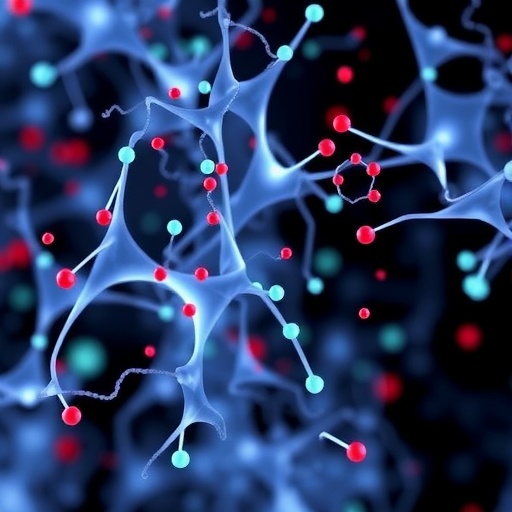Dense breast ultrasound screening after digital mammography — versus after digital breast tomosynthesis–yielded ‘no significant difference’ in additional cancer detection rate, according to AJR

Credit: American Journal of Roentgenology (AJR)
Leesburg, VA, September 27, 2019–An ahead-of-print article in the December issue of the American Journal of Roentgenology (AJR) comparing dense breast ultrasound (US) screening after digital mammography (DM) versus after digital breast tomosynthesis (DBT) yielded “no significant difference” in additional cancer detection rate.
Lead investigator Elizabeth H. Dibble of Brown University and colleagues retrospectively searched databases at two tertiary breast imaging centers and an office practice, focusing on 3183 screening breast US examinations performed from October 2014 to September 2016–1434 (45.1%) after DM and 1668 (52.4%) after DBT.
Of these 3183 examinations, 81 (2.5%) had no prior mammogram available. Of the 122 DM and DBT patients for whom biopsy or cyst aspiration was recommended–all BI-RADS assessment category 4 or 5 studies–118 (96.7%) had biopsy or cyst aspiration results available.
Of the 36 biopsies or aspirations after DM, 6 (16.7%) were malignant, and 30 (83.3%) were benign. Of the 82 biopsies or aspirations after DBT, 11 (13.4%) were malignant, and 71 (86.6%) were benign (p = 0.8583).
Overall, the additional cancer detection rate by US after DM was 5/1434, or 3.5 per 1000 women screened; after DBT, the detection rate was 5/1668, or 3.0 per 1000 women screened (p = 0.9999).
Dibble concluded: “DBT does not obviate additional US screening in women with dense breast tissue. No evidence was found of a difference in additional cancer detection rate with screening US after DM versus after DBT. Knowing that the cancer yield of screening US is similar after DBT versus DM may help inform clinical practice, because questions abound about whether DBT is sufficient screening for women with dense breast tissue.”
###
Founded in 1900, the American Roentgen Ray Society (ARRS) is the first and oldest radiology society in the North America, dedicated to the advancement of medicine through the profession of radiology and its allied sciences. An international forum for progress since the discovery of the x-ray, ARRS maintains its mission of improving health through a community committed to advancing knowledge and skills with an annual scientific meeting, monthly publication of the peer-reviewed American Journal of Roentgenology (AJR), quarterly issues of InPractice magazine, AJR Live Webinars and Podcasts, topical symposia, print and online educational materials, as well as awarding scholarships via The Roentgen Fund®.
Media Contact
Logan K. Young
[email protected]
Original Source
https:/
Related Journal Article
http://dx.





